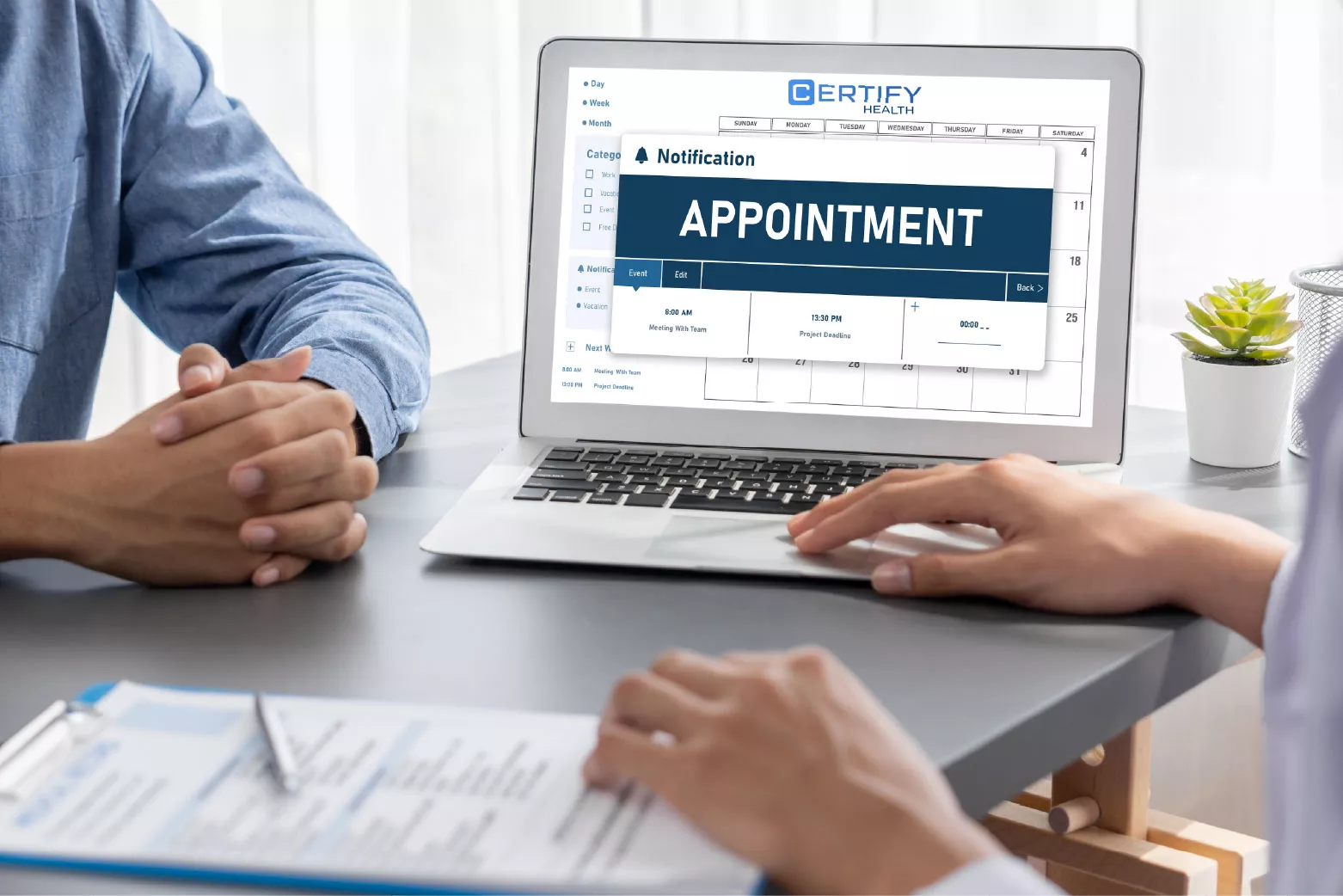Optimizing Workflow: The Growth of Appointment Scheduling Software
In an era defined by speed and digital transformation, effective time and resource management has never been more crucial. A clear reflection of this trend is the widespread adoption of appointment scheduling software, which is revolutionizing how businesses operate and engage with their clients.
In an era defined by speed and digital transformation, effective time and resource management has never been more crucial. A clear reflection of this trend is the widespread adoption of appointment scheduling software, which is revolutionizing how businesses operate and engage with their clients.

By streamlining the booking process, companies can reduce scheduling conflicts and better utilize internal resources, ultimately offering a smoother, more professional experience for customers. This article explores the pivotal role this software plays in driving business efficiency, highlighting its key advantages and real-world applications across multiple sectors.
The Shift Toward Digital Integration
As organizations increasingly pivot toward digital tools, outdated manual scheduling methods are being replaced by smart, automated solutions. Appointment booking has evolved far beyond the traditional paper calendar—it has become a strategic component of modern business operations. A 2022 industry report revealed that 67% of businesses have adopted scheduling software, demonstrating a major move toward systems that improve efficiency and customer experience.
In sectors such as healthcare, automation has led to a reduction in patient no-shows by as much as 30%, enhancing both care delivery and operational planning. Similarly, service-based businesses benefit from smoother appointment handling, boosting revenue and reducing administrative overhead. These digital solutions are more than just tools—they are powerful systems that drive efficiency and foster deeper customer engagement.
Industry Applications and Benefits
A. Healthcare
Appointment scheduling is vital in healthcare, ensuring that patients are seen promptly and staff can work more effectively. By minimizing missed appointments and maximizing clinic availability, healthcare providers not only improve patient satisfaction but also optimize internal workflows and treatment timelines.
B. Education
In academic environments, scheduling software plays a critical role in managing student consultations and faculty availability. It encourages transparency and ease of communication, helping students and staff stay informed and connected. The result is improved support systems and a more organized learning environment.
C. Service-Based Businesses
Industries like beauty salons, consultants, and freelance professionals rely heavily on scheduling software to streamline client interactions. Automation eliminates the need for manual booking coordination, reduces human error, and enhances client satisfaction. By ensuring timely service and minimizing disruptions, businesses strengthen loyalty and improve their bottom line.
Key Features of Appointment Software
Robust scheduling platforms come equipped with several core features designed to enhance user experience and operational output:
Calendar Syncing: Seamlessly integrates with multiple calendars to avoid overlapping bookings and ensure up-to-date availability.
Automated Notifications: Sends appointment confirmations and reminders to reduce no-show rates and improve attendance.
Mobile Accessibility: Enables both clients and staff to view and manage appointments on the go, increasing flexibility and responsiveness.
These features collectively contribute to a more efficient workflow, saving time and elevating client satisfaction.
Real-World Impact: Case Highlights
Several businesses have already seen tangible improvements from adopting scheduling software. A leading healthcare practice, for instance, saw a 30% uptick in completed appointments, enabling better service planning and increased patient satisfaction. Meanwhile, a digital marketing firm reported a 50% faster project turnaround, enhancing productivity and client engagement.
Tapping into the Power of Scheduling Technology
In today’s business environment, scheduling software is more than a convenience—it’s a strategic necessity. Organizations that embrace these digital tools are better positioned to streamline internal operations, strengthen customer relationships, and remain competitive in an ever-evolving market.
For those yet to integrate such solutions, now is the time to explore their potential. Whether the goal is improved efficiency, increased bookings, or enhanced communication, appointment scheduling software provides a path to sustained growth and improved client service.

Why HVAC and Air Conditioner Maintenance Is Essential in the U.S.

2025 Honda CR-V EX: Modern Comfort and Intelligent Engineering Combined

UK Outdoor Resin Flooring 2025: Weather-Resistant, Sustainable, and Stylish

Comprehensive Guide to Legal Case Management Software

UK Orthodontic Treatments 2025: Finding Affordable & Effective Braces






